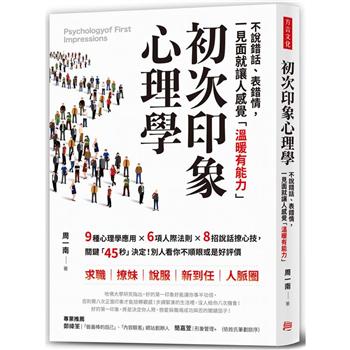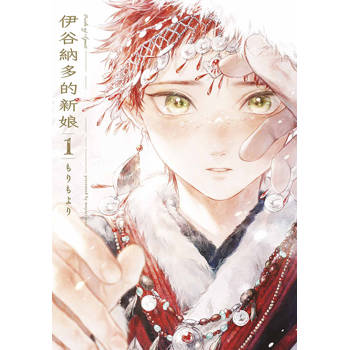After 30 years of research, the author of this book organized his notes into a draft book during the lockdown months of the Covid-19 pandemic. Getting it into shape for publication took another few years. It was a labor of love.
Readers will enjoy learning in detail how correlation evolved from a completely non-mathematical concept to one today that is virtually always viewed mathematically. The History of Correlation reports in detail on 19th and 20th century English-language publications; it discusses the good and bad of many dozens of 20th-century articles and statistics textbooks in regard to their presentation and explanation of correlation. A final chapter discusses 21st-century trends.Some topics included here have never been discussed in depth by any historian. For example: Was Francis Galton lying in the first sentence in his first paper about correlation? Why did he choose the word "co-relation" rather than "correlation" for his new coefficient? How accurate is the account of the history of correlation that is found in H. Walker’s 1929 classic book on The History of Statistical Method? Have 20th-century textbooks mislead students as to how to use the correlation coefficient?
Key features of this book:
- Charts, tables, and quotations (or summaries of them) are provided from about 450 publications.
- In-depth analyses of those charts, tables, and quotations.
- Correlation-related claims by a few noted historians are shown to be in error.
- Many funny findings from 30 years of research are highlighted.
This book is an enjoyable read that is both serious and (occasionally) humorous. It is aimed at not only historians of mathematics but also professors and students of statistics and anyone who has enjoyed books such as Beckmann’s A History of Pi or Stigler’s The History of Statistics.












